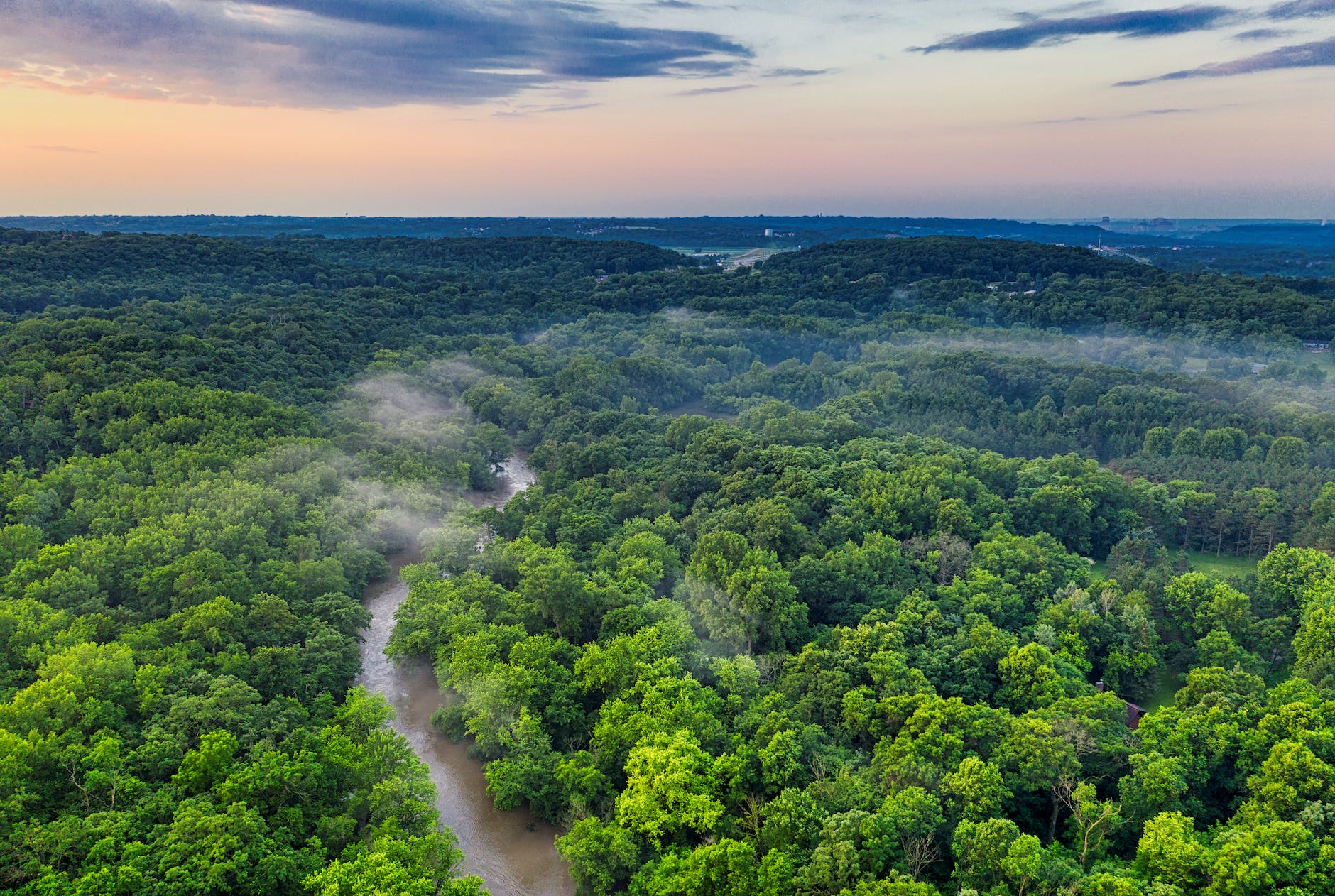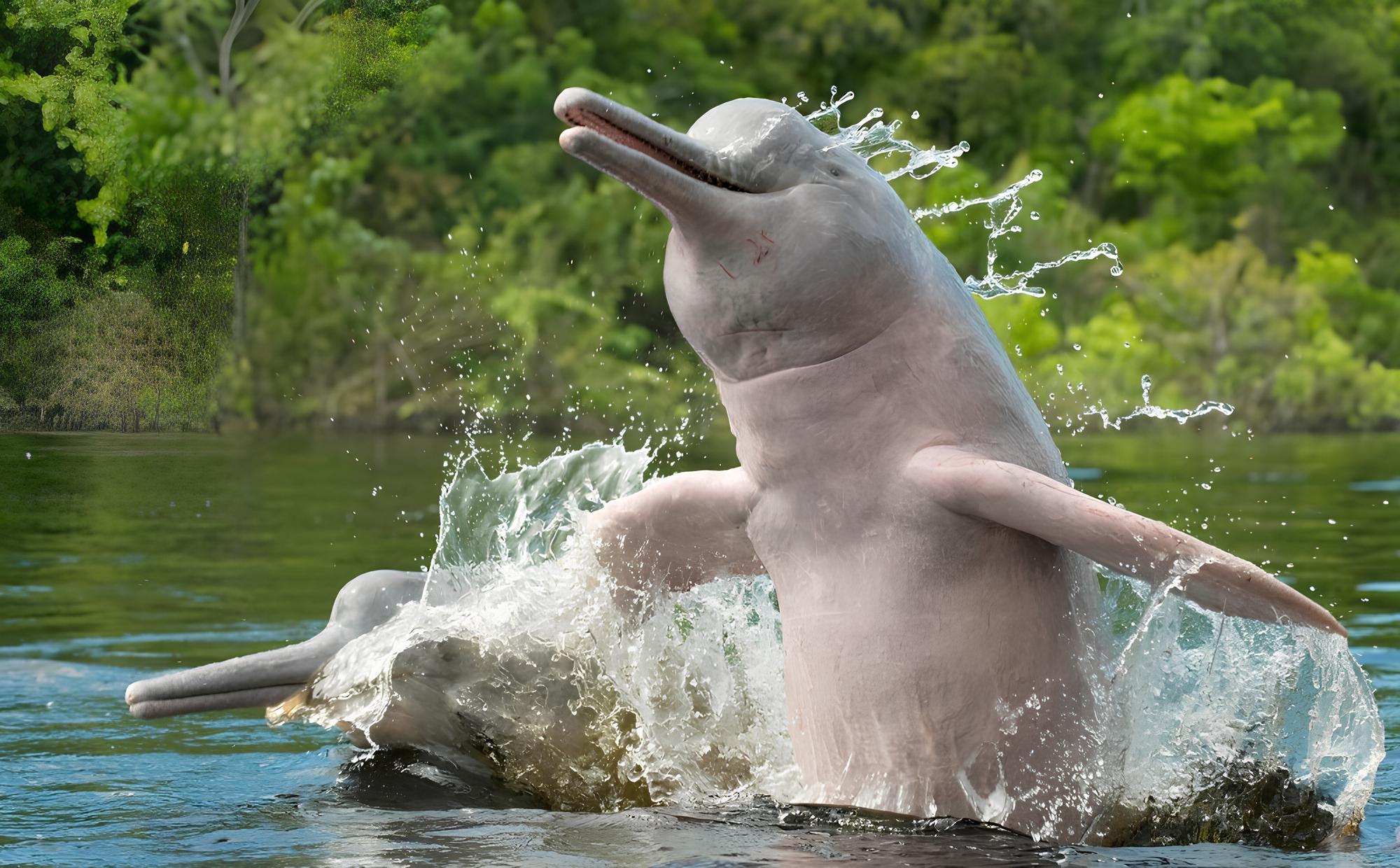Hey guys, how are you? Welcome!
If you've come this far, you're probably wondering who the riverside peoples are, also called the traditional population. The riverside people are those who live close to rivers and survive from artisanal fishing, hunting, farming and extractivism. And due to the geographical aspects of the country, it is in the Amazon that we find the majority of this population.
Who are the riverside people?

To better understand how riverside dwellers came to install their homes on the banks of the rivers, we need to know a little about their history. In the second half of the 19th century, many people left their homeland and came to the Amazon in search of jobs. At the time, several companies were working with the latex extraction cycle, the white liquid used in rubber production. However, in the 1950s, there was a rubber crisis, and many of them became unemployed. They were called rubber tappers, as they were dedicated to extracting this material.
Without jobs and housing alternatives, they were practically forced to spread out along the rivers of the Amazon Forest, such as the Negro and Amazon rivers. It was there that they built their homes.
Life on the banks of rivers

Because they live in an environment where the force of nature is very present, riverside dwellers learned to live in an environment full of limitations and challenges imposed by the river and the forest itself. This special relationship with nature made them adapt their daily lives, way of living and seek ways to survive.
Their homes are built mainly with wood, the vast majority of which are in the form of stilts. These houses do not have electricity, running water or basic sanitation. They are located close to river banks and are built a few meters above river level to prevent them from being invaded by water during floods. Stilt houses use boards to raise the floor during periods of flood.
The importance of rivers
The river plays a fundamental role in the lives of riverside residents. It is through this that they establish connections between localities, using rafts and boats as their only means of transport. The river is your street. It is also through fishing and the planting of corn and cassava, the production of flour and the collection of nuts and açaí, that riverside residents obtain their source of income and survival.

Knowledge of nature
This special coexistence with nature means that riverside dwellers have unique knowledge about the fauna and flora of the forest, the use of medicinal plants, the rhythms and paths of the waters, the sounds of the forests and the seasons of the earth. This interaction enriches the culture and knowledge transmitted from generation to generation, from father to son.

Challenges and isolation

However, riverside communities live with economic and social isolation. They often live in abandoned situations, without access to health and education. This situation is in part due to its geographic location and lack of government assistance.
One of these challenges is access to clean water. Even though they are surrounded by water, many of the communities do not have access to water purification methods and are located in places that are difficult to access for assistance. Furthermore, illegal mining in rivers and regions worsens the situation, as the chemicals they use make the water unfit for human consumption.
Current affairs: The drought in the Amazon

Currently, the difficulties of riverside communities in the Amazon have become even greater. Due to El Niño, high temperatures in the North Atlantic and global warming, the rivers in the Amazon have reached levels never imaginable. Many bodies of water turned to land and the fish died.
With the drought, the main means of transport and access for riverside communities is also affected: the river itself. They have dried out so much that they are preventing the navigation of boats and ferries and, with that, access to doctors, potable water and food is difficult. In addition to skyrocketing prices.
We can see that the situation is difficult, right? Cases like this make us think about how we can help. Therefore, we decided to indicate at the end of the article the GreenPeace website, where you can make donations to the riverside people. If you want to participate and help, we recommend that you visit: Amazon Emergency – Greenpeace Brazil.
We hope you liked the post!
References
Ribeirinhos – CAEC Diadema (unifesp.br)
The struggle of riverside dwellers against drought in a lake in the Amazon | Nexo Newspaper



